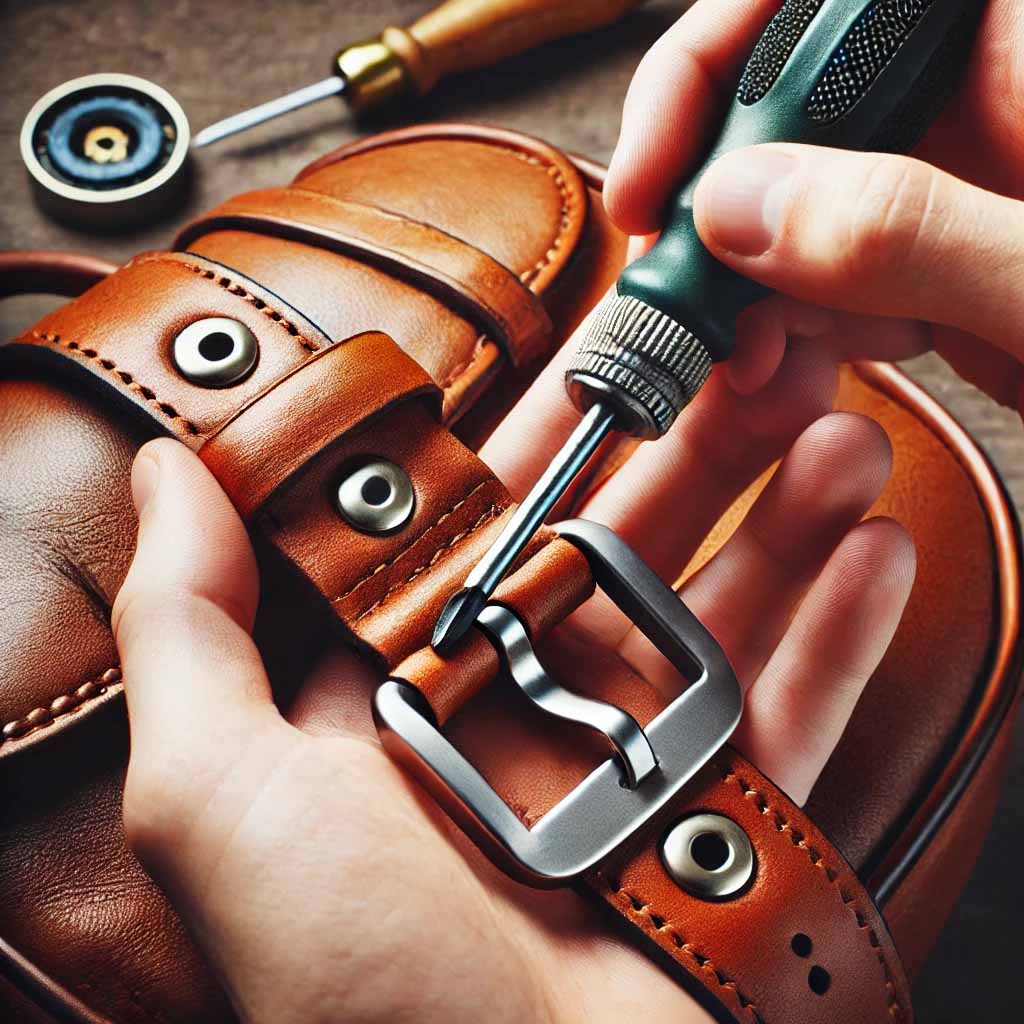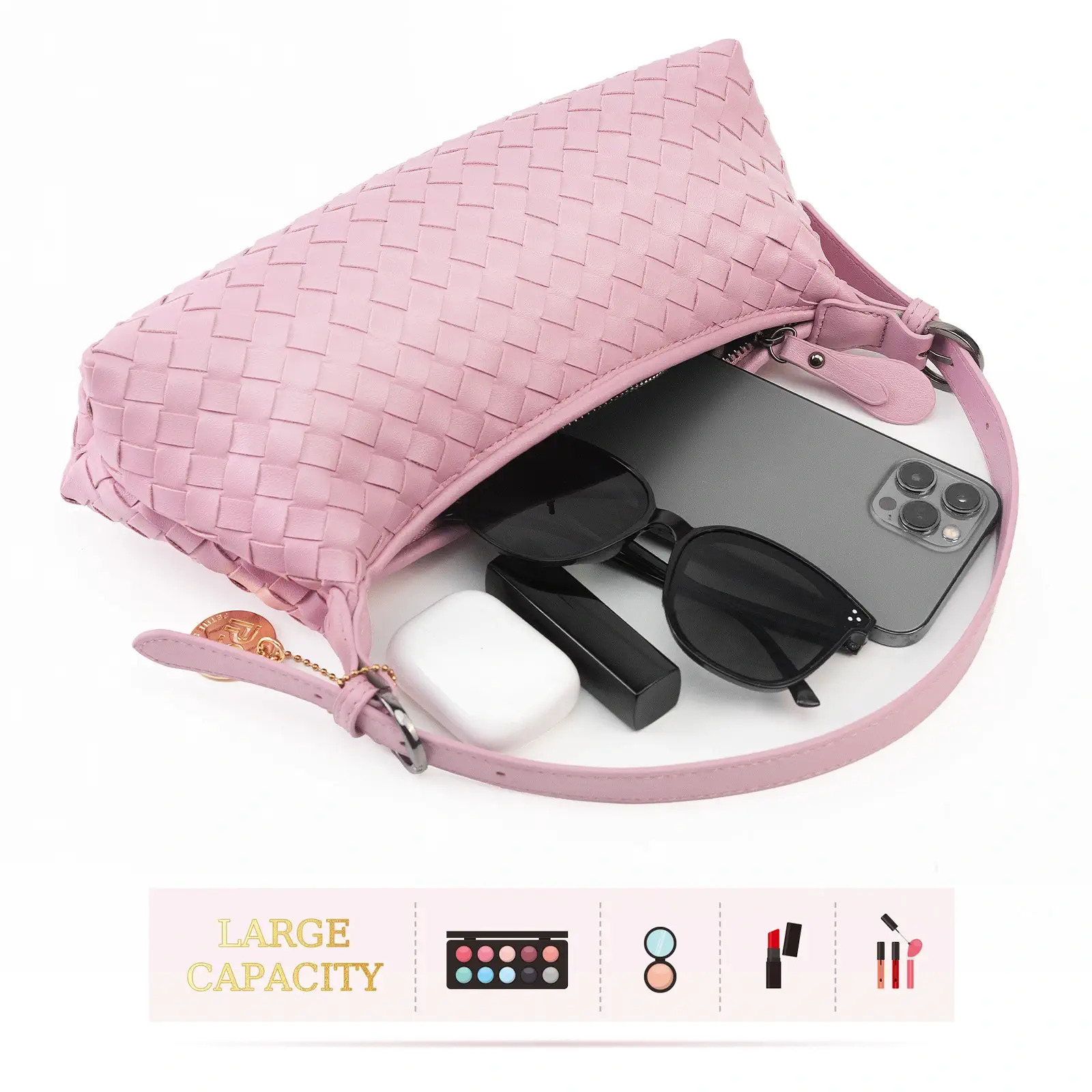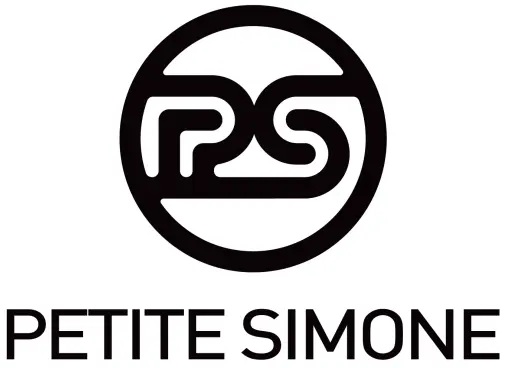HOME GUIDES HOW TO CLEAN AND CARE FOR VEGAN LEATHER: A COMPLETE GUIDE
How to Clean and Care for Vegan Leather: A Complete Guide
Written by Erin Sullivan
We have already explained the concept of vegan leather in detail in this article. Today, we will mainly talk about the cleaning and care of vegan leather.
The Importance of Cleaning and Caring for Leather

Maintaining Appearance and Longevity
Proper care and maintenance of vegan leather are essential for preserving its appearance and extending its lifespan.
Unlike genuine leather, which can develop a patina over time, vegan leather is more prone to showing wear and tear if not cared for correctly.
Regular cleaning prevents dirt and grime from embedding into the material, which can cause it to degrade prematurely.
By investing time in maintenance, you ensure that your vegan leather items retain their original beauty and functionality for years to come.
Environmental and Ethical Considerations
Caring for vegan leather is not just about aesthetics; it also has environmental and ethical implications.
Vegan leather is often chosen for its lower environmental impact compared to traditional leather, which involves resource-intensive and polluting tanning processes.
By properly maintaining your vegan leather products, you reduce the need for frequent replacements, thereby minimizing waste and the demand for new resources.
Ethical considerations also come into play, as taking good care of your vegan leather items supports a lifestyle that values sustainability and cruelty-free practices.
Daily Care Tips for Vegan Leather
Best Practices for Everyday Maintenance
To keep your vegan leather items in top condition, daily care is key.
Begin by wiping down surfaces with a soft, dry cloth to remove dust and light debris.
For more thorough cleaning, use a damp cloth with mild soap, ensuring that the soap is fully rinsed off to prevent residue buildup.
Avoid using abrasive materials or harsh chemicals, as these can damage the surface and reduce the lifespan of your vegan leather.
Regularly conditioning the material with a suitable product can also help maintain its suppleness and prevent cracking.
Avoiding Common Mistakes
When caring for vegan leather, it’s important to avoid common mistakes that can lead to damage.
Never use bleach, ammonia-based cleaners, or strong solvents, as these can strip the material of its finish.
Additionally, avoid exposing vegan leather to direct sunlight for prolonged periods, as this can cause fading and drying out.
If your vegan leather item gets wet, blot it dry with a clean cloth instead of rubbing, which can cause the material to warp or lose its shape.
How to Clean and Care for Different Types of Vegan Leather
Specific Cleaning Methods for PU Leather
PU leather is one of the most common types of vegan leather, known for its versatility and durability.
To clean PU leather, use a damp cloth and a small amount of mild detergent.
Gently wipe the surface, taking care not to saturate the material, as excessive moisture can weaken the bond between the PU layer and its backing.
Rinse with a clean, damp cloth to remove any soap residue, and allow the item to air dry completely.
Recommended Cleaning Products
For PU leather, opt for cleaning products specifically designed for synthetic materials.
A mild dish soap diluted in water works well for routine cleaning, while specialized PU leather cleaners can be used for deeper cleans.
Avoid oil-based products, as they can leave a sticky residue and attract more dirt.
Effective Techniques for Cleaning PVC Leather
PVC leather is another popular vegan alternative, often used in furniture and accessories.
To clean PVC leather, mix a solution of warm water and a few drops of mild soap.
Using a soft cloth, wipe the surface gently, ensuring that you reach into any crevices or seams where dirt can accumulate. Rinse with clean water and dry with a soft towel.
Handling Tough Stains
For tougher stains on PVC leather, such as ink or grease, rubbing alcohol or a vinegar solution can be effective.
Dab a small amount onto a cotton ball and gently blot the stain, being careful not to spread it.
Afterward, wipe the area with a damp cloth and dry it thoroughly.
Gentle Cleaning Solutions for Microfiber Leather
Microfiber vegan leather is known for its soft, suede-like texture, which requires gentle cleaning methods to avoid damage.
Use a microfiber cloth dampened with water or a specialized cleaner for synthetic suede. Gently rub the surface in circular motions to lift dirt and stains without flattening the fibers.
Tips for Maintaining Soft Texture
To maintain the soft texture of microfiber leather, avoid using too much water during cleaning, as this can cause the fibers to clump together.
After cleaning, brush the surface lightly with a suede brush to restore its nap and keep it looking fresh.
Natural Cleaning Methods for Cork Leather
Cork leather is an eco-friendly material made from the bark of cork oak trees.
To clean cork leather, use a damp cloth with a small amount of mild soap.
Wipe the surface gently, focusing on any stained areas., rinse with a clean cloth and allow the item to air dry.
Preserving the Unique Characteristics of Cork
Cork leather has a distinctive, textured appearance that can be preserved by avoiding harsh chemicals and abrasive materials.
Regularly applying a natural wax or cork conditioner can help maintain its flexibility and protect it from drying out.
Best Practices for Cleaning Pinatex
Pinatex is a sustainable material made from pineapple leaf fibers, known for its durability and unique texture.
To clean Pinatex, use a soft cloth dampened with a mixture of water and mild soap. Gently wipe the surface, avoiding excessive moisture.
Dry with a soft towel and allow it to air dry completely.
Eco-Friendly Cleaning Solutions
For an eco-friendly approach to cleaning Pinatex, consider using natural cleaners like diluted vinegar or lemon juice.
These can effectively clean the surface without harming the environment, aligning with the sustainable ethos of Pinatex.
Delicate Cleaning Process for Mushroom Leather
Mushroom leather, a relatively new and innovative vegan material, is delicate and requires careful handling.
Clean it with a soft, dry cloth or a slightly damp cloth with mild soap.
Avoid soaking the material, as mushroom leather is more susceptible to water damage.
Ensuring Longevity with Proper Care
To ensure the longevity of mushroom leather, store it in a cool, dry place away from direct sunlight.
Regularly conditioning with a plant-based leather conditioner can help maintain its flexibility and prevent cracking.
Deep Cleaning Vegan Leather

When and How to Perform a Deep Clean
Deep cleaning is necessary when vegan leather items have accumulated significant dirt or stains.
To deep clean, use a soft brush to remove surface dirt, followed by a thorough wipe-down with a damp cloth and a suitable cleaner.
Focus on stained or heavily used areas, and always test cleaning products on a small, inconspicuous area first.
Tools and Products for Deep Cleaning
For deep cleaning, use a soft-bristled brush, microfiber cloths, and a non-abrasive cleaner designed for synthetic materials.
A steam cleaner can also be effective for furniture, as it lifts dirt without saturating the material.
Removing Specific Stains from Vegan Leather
Tackling Ink Stains on Vegan Leather
Ink stains can be particularly stubborn on vegan leather.
To remove them, apply rubbing alcohol or a non-acetone nail polish remover to a cotton ball and gently blot the stain.
Rinse with a damp cloth and dry thoroughly.
Removing Oil and Grease Stains
For oil and grease stains, sprinkle cornstarch or baking soda on the affected area and let it sit for a few hours to absorb the grease.
Wipe away the powder and clean the area with a damp cloth.
Dealing with Food and Beverage Stains
Food and beverage stains can be removed with a mixture of water and mild soap.
Blot the stain with the solution and wipe clean with a damp cloth.
For tougher stains, a vinegar solution can be used to break down the residue.
Protecting Vegan Leather from Damage
Using Protective Sprays and Conditioners
Protective sprays designed for vegan leather can create a barrier against stains and water damage.
Apply them regularly, especially on items that are frequently exposed to the elements.
Conditioners can also keep the material supple and prevent cracking.
Preventing Sun Damage and Fading
To prevent sun damage, avoid leaving vegan leather items in direct sunlight for extended periods.
If exposure is unavoidable, consider using a UV-protective spray to minimize fading.
Repairing Scratches and Scuffs on Vegan Leather
DIY Repair Tips for Minor Scratches
Minor scratches on vegan leather can often be repaired with a dab of clear nail polish or a leather repair kit. Apply the product to the scratch and buff gently with a soft cloth to blend it into the surrounding area.
When to Seek Professional Help
For deeper scratches or extensive damage, it may be best to consult a professional repair service. They can match the color and texture of your vegan leather item, ensuring a seamless repair.
Storing Vegan Leather Items Properly
Best Practices for Long-Term Storage
Proper storage is crucial for maintaining the quality of vegan leather items. Store them in a cool, dry place, ideally in a dust bag or wrapped in a soft cloth. Avoid folding or compressing them to prevent creases.
Avoiding Mold and Mildew Growth
To prevent mold and mildew, ensure that vegan leather items are completely dry before storing them. Use silica gel packets or moisture-absorbing sachets in storage areas to keep humidity levels low.
Caring for Vegan Leather Accessories
Cleaning and Maintaining Vegan Leather Bags
Regularly clean vegan leather bags with a damp cloth to remove surface dirt.
For deeper cleaning, use a gentle soap solution and dry thoroughly. Condition the material to keep it supple and prevent cracks.
Tips for Vegan Leather Shoes and Boots
Clean vegan leather shoes and boots with a damp cloth after each use. Apply a protective spray to guard against water and stains, and use shoe trees to maintain their shape.
Caring for Vegan Leather Wallets and Belts
Wipe down wallets and belts with a soft cloth to remove daily grime. For tougher dirt, use a mild soap solution and dry completely. Store belts rolled up to prevent creasing.
Caring for Vegan Leather Furniture
Daily Care Tips for Vegan Leather Furniture
Dust and clean vegan leather furniture regularly with a soft cloth to maintain its appearance.
Avoid using harsh chemicals that can damage the material’s finish.
Handling Spills and Stains on Furniture
For spills, blot the area immediately with a clean cloth to absorb the liquid.
Clean the surface with a damp cloth and mild soap, then dry thoroughly to prevent watermarks.
Preserving the Finish and Texture
Condition vegan leather furniture with a suitable conditioner to keep the material soft and prevent cracking.
Avoid placing furniture in direct sunlight to preserve its color and texture.
Caring for Vegan Leather Apparel
Washing Vegan Leather Clothing
Vegan leather clothing should be hand-washed with cold water and mild detergent.
Avoid wringing or twisting the material, and lay it flat to dry.
Do not tumble dry or expose to direct heat.
Preventing Wear and Tear
To prevent wear and tear, avoid overloading pockets or placing heavy items on vegan leather clothing.
Store garments on padded hangers to maintain their shape.
Sustainable Practices in Vegan Leather Care
Eco-Friendly Cleaning Products
Choose eco-friendly cleaning products that are biodegradable and free from harmful chemicals.
These products not only protect the environment but also preserve the integrity of vegan leather.
Reducing Waste in Vegan Leather Maintenance
Reduce waste by using reusable cleaning cloths and avoiding disposable wipes.
Opt for concentrated cleaning solutions that require less packaging and last longer.
Final Thoughts
Proper care and cleaning are essential to maintaining the beauty and longevity of vegan leather.
By following these tips, you can ensure that your vegan leather items remain in excellent condition, reflecting both your commitment to sustainability and your appreciation for cruelty-free materials.
Embrace eco-friendly practices in your vegan leather care routine, and enjoy the lasting benefits of well-maintained, stylish accessories, furniture, and apparel.

.webp)













